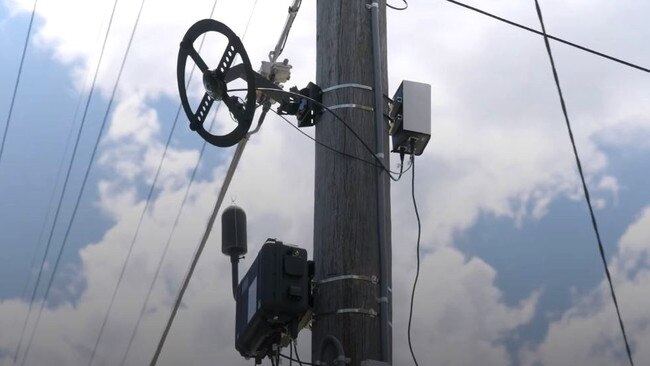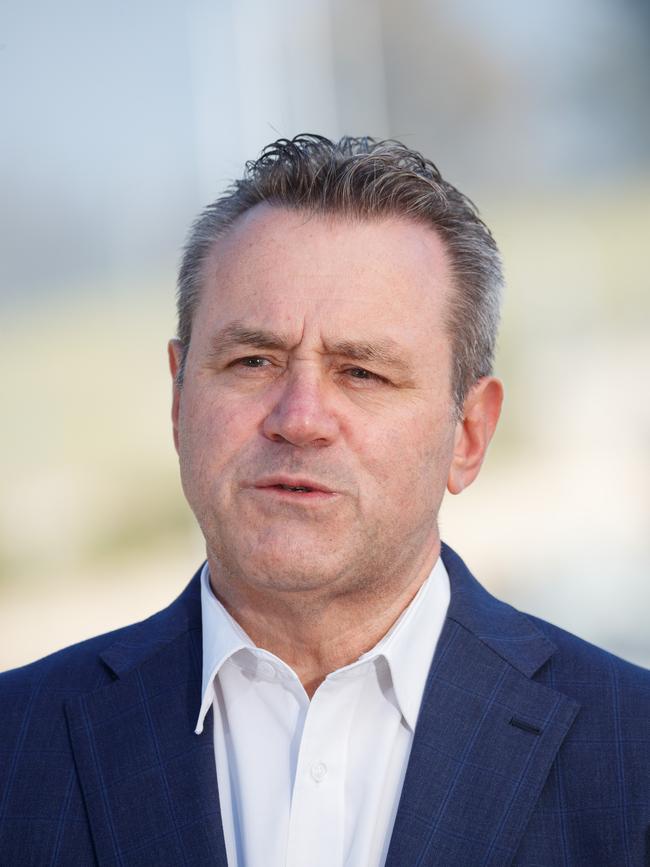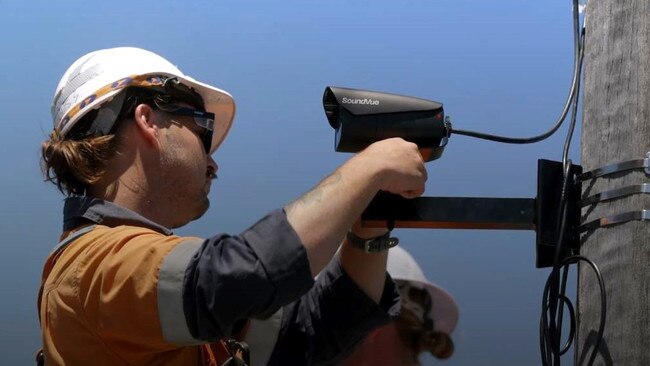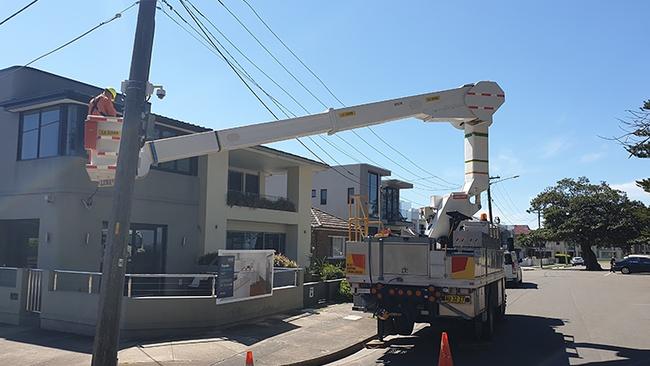Bayside Council part of Australia’s ‘first ever’ trial of vehicle noise cameras amid hooning crack down
A Sydney drag racing hotspot marred by a string of tragic road accidents will be part of the first ever noise camera trial in Australia, but don’t expect to be fined if you’re caught. Here’s what we know.

Southern Courier
Don't miss out on the headlines from Southern Courier. Followed categories will be added to My News.
A Sydney drag racing hotspot will be part of an Australian-first trial involving noise cameras in a bid to crack down on dangerous hoon behaviour.
The cameras were installed in Bayside Council on Tuesday to tackle vehicle noise pollution following community concerns about excessively noisy vehicles and anti-social car behaviour.
It comes after the NSW Government committed to the technology until December 2025, with camera locations chosen based on feedback from residents, councils, and technical experts. Bayside and Wollongong councils are the first local government areas to be part of the trial.
Member for Rockdale Steve Kamper said the ability to capture high quality audio, video and number plate information will help tackle hooning in an area marred by tragic road accidents.
However, no fines will be issued during the trial period.

“We are delivering on our election commitment, the Minns Labor Government is cracking down on hoons by conducting Australia’s first ever trial of vehicle noise cameras,” Mr Kamper said.
“The impact of ‘hooning’ behaviour on residents in the Bayside community should not be underestimated. Local residents and businesses have had enough.
“We are committed to finding solutions that make our community safer, and this trial will help us better understand the potential of noise cameras to identify and respond to anti-social behaviour and reckless driving.”


Produced by UK company Intelligent Instruments, the SoundVue Noise Camera System is weatherproof and includes a microphone and dual cameras to record roadside audio and video.
The Australia-first trial also follows successful ventures in other global cities including London and New York, where the technology has been used since 2020 and 2021 to fine offending motorists.
Although no penalties will be imposed during the Bayside trial, a review will help determine if the cameras can be used for regulatory purposes in the future.
The NSW Environment Protection Authority (EPA) is working with Bayside Council, Transport for NSW and NSW Police on the trial to investigate how effective the cameras are at identifying noisy vehicles.


As well as the Bayside field trial, the EPA is also working with the University of Technology’s Centre for Audio, Acoustics and Vibration to test the technical capabilities of the camera in a controlled environment.
Associate Professor Benjamin Halkon said the high-tech cameras were “one part of a larger solution to the problem of detecting noisy vehicles on the roads”.
“There are three aspects to these noise cameras, there is a sound level metre which detects the level of the noise source coming from the noisy vehicle exhaust system.
“There is then a microphone array with an integrated wide angle field-of-view camera which detects the location from which the noise source is originating.
“And there are a pair of number plate recognition cameras which give the information about the vehicle that is producing the noise.”
The content summaries were created with the assistance of AI technology, then edited and approved for publication by an editor.





